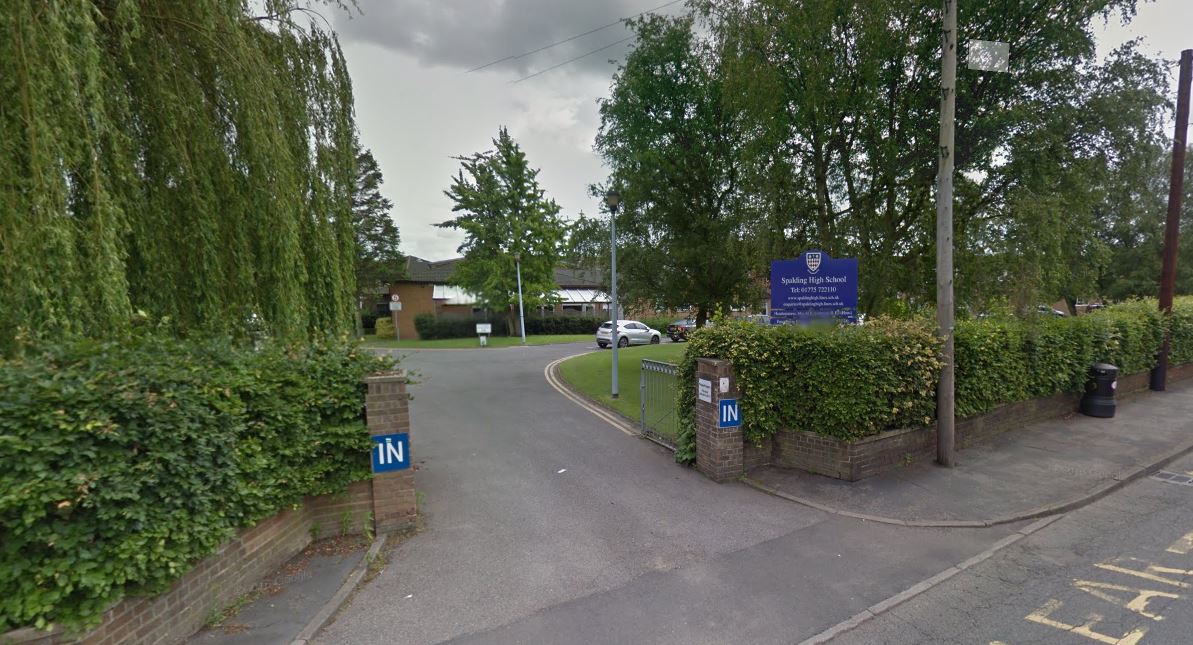After a break of more than seven months, Pinchbeck History and Archaeology Project group is to resume its search for the village’s lost manor.
The group’s final exploration will concentrate on a new site and in particular on the Cust family residence and its ruins as listed on an old map dated 1789.
Recently a geophysical survey was carried out on an piece of land close to a bridge spanning the River Glen, the area known as Flaxmill. Within it is the Rowell family home.
It has long been suspected by group leader John Lyon that the Rowell residence was constructed on the site of the Cust dynasty as there is evidence of stone work from that period used in the construction of the present house.
Mr Lyon said: “Also, at least four silver hammered long cross coins have been unearthed not more than five yards away from the building.
“If it can be confirmed that indeed Rowell’s house is constructed on the former site of the Cust residence, then it will open up a very exciting third stage of our investigations.
“For many months the team was excavating an area of the site that appears to be have been the workers part of the Cust estate, given the discovery of a blacksmith’s forge, bakery and foundations of a small dwelling.
“During the initial dig a river cut on the south side and shown on the map of 1789, also revealed a series of stone steps leading down to a possible wharf. It also showed the location of some ruins that fell into disuse some time in the 1400s, but did not state what they were.
“Taking measurements from the Cust location the ruins are shown to be on Healey’s land (the location for the initial dig) to the north. This is the area in which our most recent GPS was carried out on February 24.
“If the finds are successful these will form the basis of a full blown lottery grant application which would enable us to proceed.”







